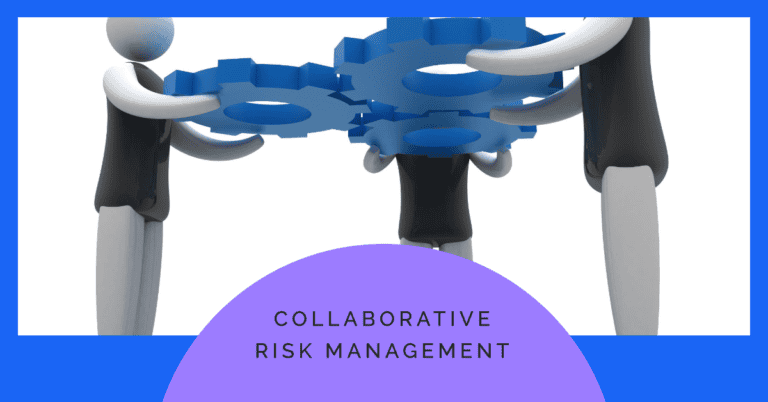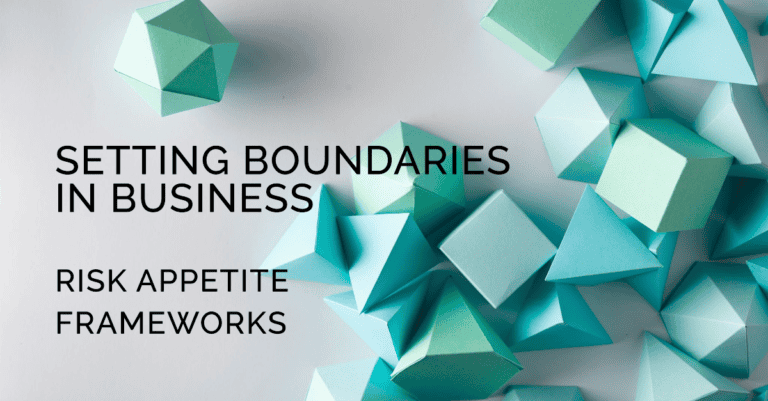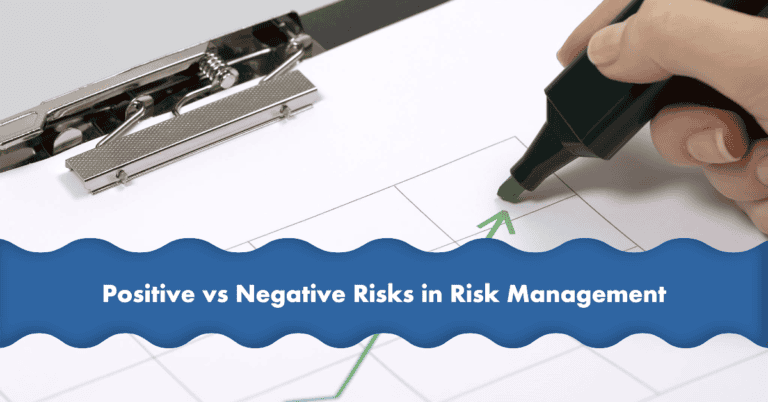Humans are fascinating creatures, especially in decision-making in the face of risk.
The psychology behind perceiving and responding to risks is crucial in our everyday lives. By understanding the cognitive biases, emotions, and heuristics that shape our risk perception, we can make more informed choices and navigate the complexities of risk with greater clarity and effectiveness.
In this article, I’ll delve into the intricate world of the psychology of risk, exploring the factors that influence human behaviour and decision-making.
The Influence of Cognitive Biases on Risk Perception
Cognitive biases are inherent mental shortcuts our brains rely on when processing information and making decisions.
Confirmation bias reinforces preexisting beliefs, making us more inclined to seek information that confirms our opinions about risks. However, these biases can distort our perception of risk. For instance, the availability heuristic causes us to overestimate the likelihood of easily recalled events from memory, leading to inflated perceptions of risk. Understanding these cognitive biases can help us identify and mitigate their impact on our decision-making processes.
The Role of Emotions in Risk Assessment
Emotions have a significant influence on how we perceive and assess risks.
Fear, for instance, can amplify the perceived magnitude of risks, leading to a more conservative approach. On the other hand, excitement and optimism can reduce our perception of risks, potentially increasing the likelihood of engaging in risky behaviours. By recognizing the impact of emotions on risk assessment, we can strive for a balanced emotional state and make decisions based on a more objective evaluation of risks.

Heuristics and Risk Decision-Making
Heuristics are mental shortcuts or rules of thumb that simplify complex decision-making processes.
While they can be helpful, they can also introduce biases and errors in risk assessment. The representativeness heuristic, for example, leads us to make judgments based on stereotypes or similarities to prototypes, often disregarding crucial statistical information. The anchoring heuristic influences our judgment by relying heavily on initial information presented to us. Recognizing these heuristics can aid us in critically evaluating our risk decisions and seeking more accurate information.
Framing Effects and Risk Perception
How information is presented or framed can significantly impact how we perceive risks.
The framing effect demonstrates that identical information, positive or negative framing, can influence people’s choices. When risks are presented as potential gains, we may be more inclined to take risks, whereas if risks are framed as potential losses, we tend to be more risk-averse. Awareness of framing effects can help us make more objective decisions by considering the underlying facts and not just the presentation of information.
Overcoming Biases and Enhancing Decision-Making
Although cognitive biases and heuristics can lead to errors in risk assessment, there are strategies we can employ to mitigate their impact. Increasing awareness of these biases is a crucial first step. By actively questioning our assumptions, seeking diverse perspectives, and seeking balanced information, we can counteract the influence of biases. Analytical tools, such as decision matrices or scenario planning, can help us make more systematic and rational risk decisions.
The Role of Education and Experience in Risk Perception
Education and experience play a vital role in shaping our risk perception.
As we gain knowledge and expertise in specific domains, our understanding of risks becomes more nuanced, and our decision-making processes become more informed. Learning from past experiences can help us better understand risk and refine our risk assessment abilities. Cultivating a continuous learning mindset and seeking opportunities to expand our knowledge can enhance our decision-making skills in risk.
Final Thoughts
The psychology of risk is a fascinating field that sheds light on the intricacies of human decision-making.
By understanding the influence of cognitive biases, emotions, heuristics, and framing effects, we can navigate the complexities of risk with greater clarity and objectivity.
With this knowledge, we can make more informed decisions, manage risks effectively, and confidently embrace opportunities.






